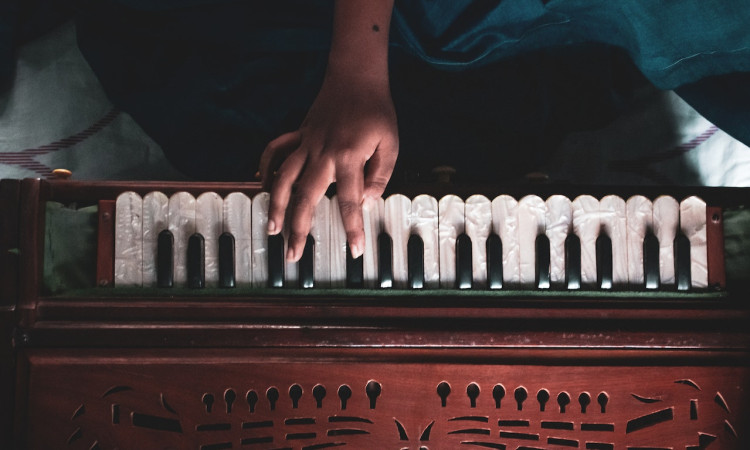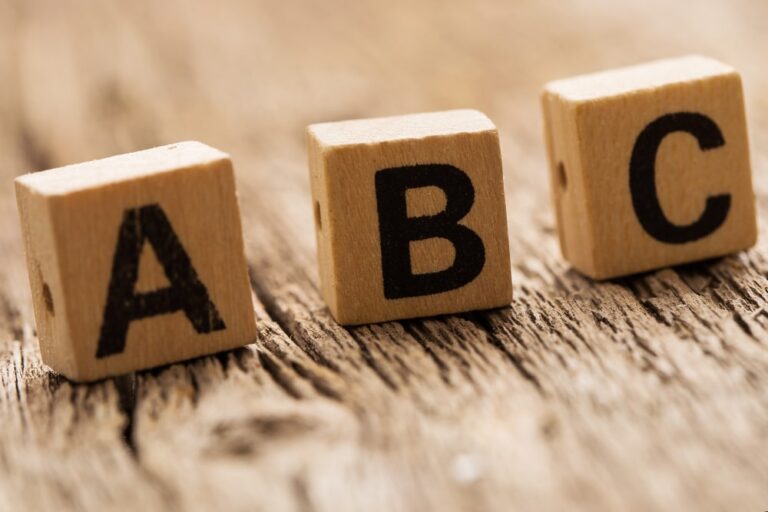
A raga, often spelled as "raag" in Indian music, is a fundamental concept in Indian classical music. It is a melodic framework or a musical scale that forms the basis for a composition or improvisation in Indian classical music. Ragas are at the core of Indian music and serve as the foundation for both instrumental and vocal performances. Here are some key characteristics and components of a raga in Indian music:
1. Melodic Structure: A raga is defined by its specific set of notes, both in ascending (Arohana) and descending (Avrohana) order. These notes are not merely a scale but are carefully chosen to create a distinctive melodic identity. The specific notes and their intervals are essential to the raga’s character.
2. Emotional Expression: Each raga is associated with certain emotions, moods, or feelings. For example, some ragas evoke a sense of serenity and tranquility, while others may convey passion, joy, or longing. The choice of a raga can convey the intended emotional content of a musical composition.
3. Time of Performance: Many ragas are associated with specific times of the day or night. For instance, some ragas are meant to be performed in the morning, while others are suitable for the evening or night. The time of performance can enhance the raga’s mood and impact.
4. Rules and Guidelines: Each raga has its own rules and guidelines regarding note usage, ornamentation, and phrase construction. Musicians must adhere to these rules while performing or improvising within a particular raga. These guidelines help maintain the raga’s distinctiveness.
5. Compositions: Ragas often serve as the basis for compositions, such as classical compositions like bandishes in Hindustani music or kritis in Carnatic music. Musicians may also improvise within the framework of a raga, creating intricate and expressive melodies.
6. Alap, Jor, and Gat: In Hindustani classical music, a performance typically begins with an Alap, which is a slow and elaborative exploration of the raga’s notes, followed by Jor (medium tempo) and Gat (fast tempo) sections. In Carnatic music, the equivalent structure is Alapana, Neraval, and Kalpana Swaram.
7. Thaat and Parent Scale: Some ragas belong to specific Thaats (musical scales), which provide a broader classification for ragas. Thaats group ragas based on their note combinations and are useful for understanding the relationships between ragas.
8. Improvization: Musicians often engage in improvisation within the framework of a raga, allowing for creative expression and showcasing their technical prowess.
It’s important to note that there are hundreds of ragas in Indian classical music, each with its own unique identity and cultural significance. Ragas are a rich and complex aspect of Indian musical tradition, and mastering them is a lifelong journey for musicians.




